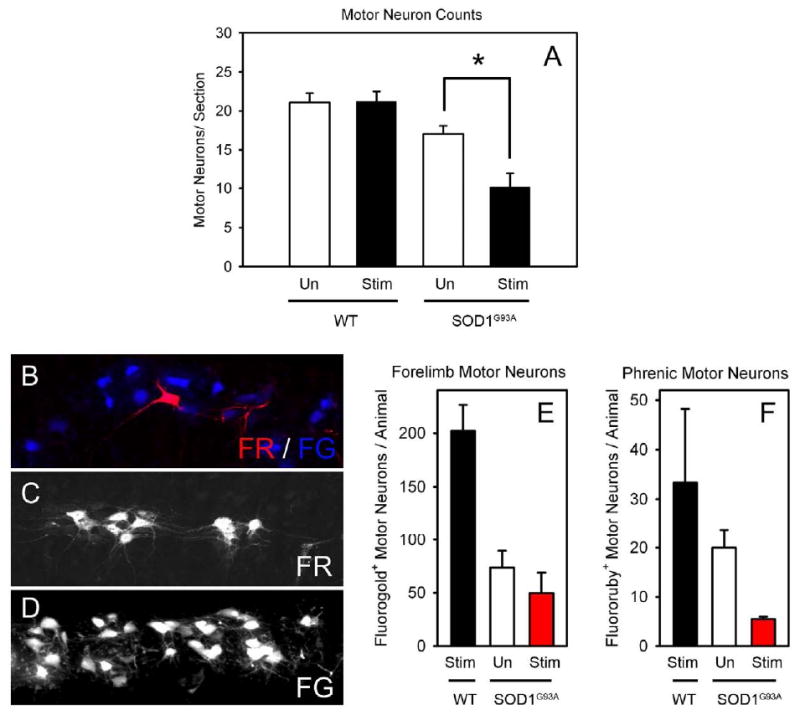Figure 4. Phrenic nerve hyperstimulation accelerated the loss of both phrenic motor neurons and forelimb motor neurons in SOD1G93A rats.

Unstimulated SOD1G93A rats had significantly greater numbers of cervical motor neurons at disease endstage than SOD1G93A rats that received hyperstimulation (A). On the contrary, hyperstimulation of wild-type rats had no effects on numbers of cervical motor neurons (A). Within cervical spinal cord ventral horn (∼C4-C5), phrenic motor neurons (fluororuby-labeled: red; C) and motor neurons innervating the ipsilateral forelimb (fluorogold-labeled: blue; D) were in close proximity (B). Compared to wild-type rats that received phrenic nerve hyperstimulation, both SOD1G93A stimulated and SOD1G93A unstimulated rats had significantly reduced numbers of forelimb (E) and phrenic (F) motor neurons. The numbers of phrenic and forelimb motor neurons in the stimulated SOD1G93A rats showed a reduced trend compared to age-matched unstimulated SOD1G93A rats.
